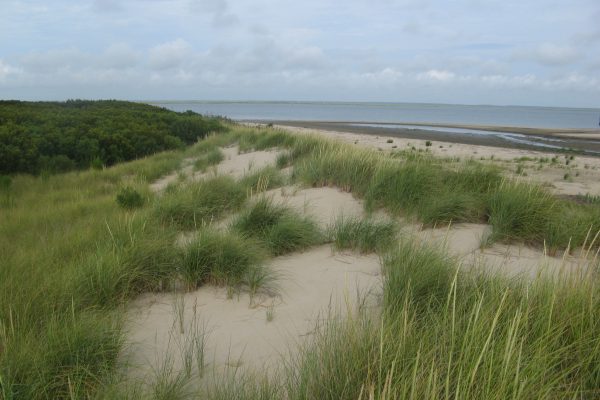Coastal Everglades in the Cold: Mapping Ecological Sensitivity
How sensitive are coastal ecosystems to sharp changes in temperature? Using a detailed spatial analysis in the Florida Everglades, researchers found that cold snaps reduced ecosystem productivity most dramatically in areas with low water levels that were located away from the coast. With more extreme weather events predicted in the future, knowing the likely effects of low temperature events on subtropical wetlands systems can inform management of these important ecosystems.


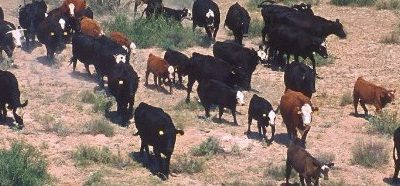
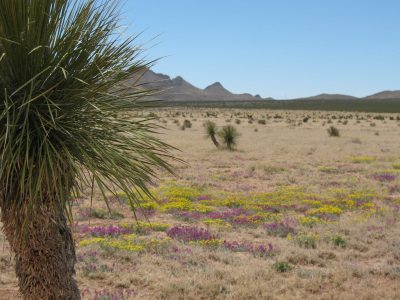
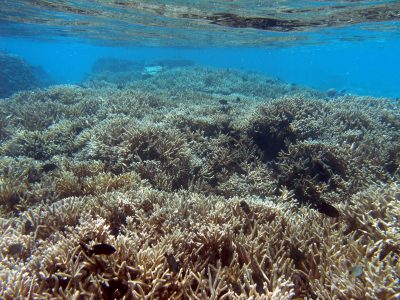
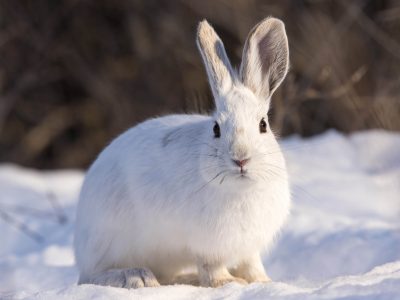
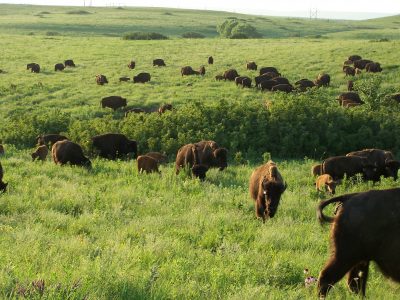
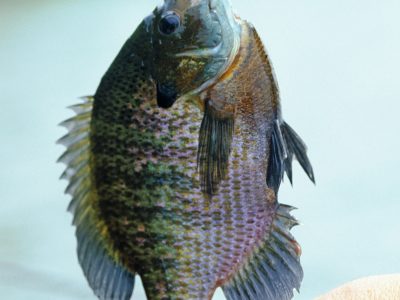
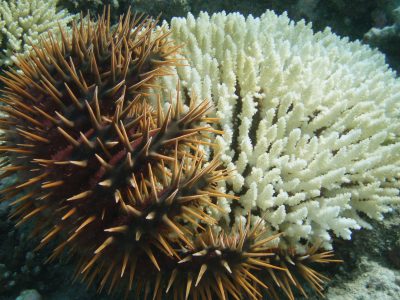


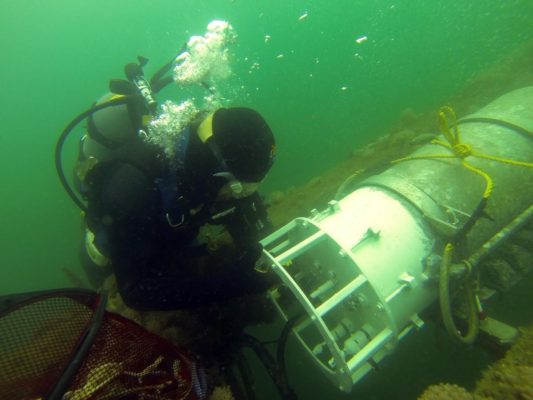
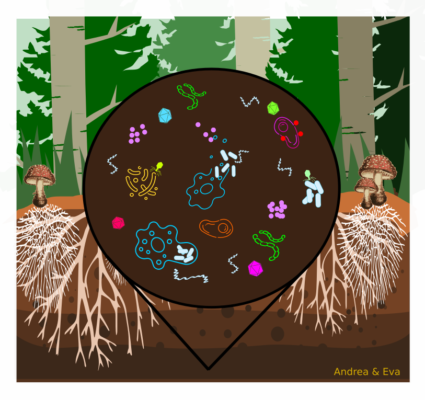
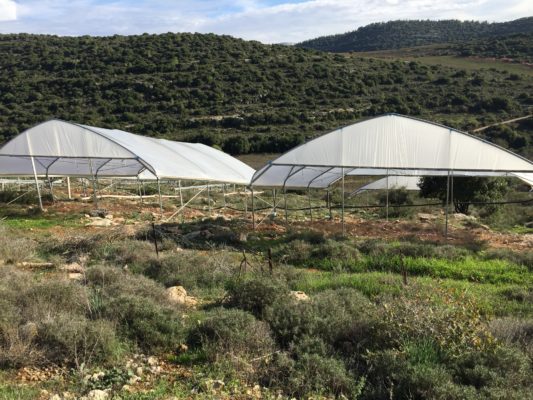 International Drought Experiment" data-envira-gallery-id="site_images_45218" data-envira-index="5" data-envira-item-id="82314" data-envira-src="https://lternet.edu/wp-content/uploads/2020/01/Matta_rainout-533x400.jpeg" data-envira-srcset="https://lternet.edu/wp-content/uploads/2020/01/Matta_rainout-533x400.jpeg 400w, https://lternet.edu/wp-content/uploads/2020/01/Matta_rainout-533x400.jpeg 2x" data-title="Matta_rainout" itemprop="thumbnailUrl" data-no-lazy="1" data-envirabox="site_images_45218" data-automatic-caption="Matta_rainout - Researchers use rainout shelters at the Matta International LTER site in Israel to simulate..." data-envira-height="225" data-envira-width="300" />
International Drought Experiment" data-envira-gallery-id="site_images_45218" data-envira-index="5" data-envira-item-id="82314" data-envira-src="https://lternet.edu/wp-content/uploads/2020/01/Matta_rainout-533x400.jpeg" data-envira-srcset="https://lternet.edu/wp-content/uploads/2020/01/Matta_rainout-533x400.jpeg 400w, https://lternet.edu/wp-content/uploads/2020/01/Matta_rainout-533x400.jpeg 2x" data-title="Matta_rainout" itemprop="thumbnailUrl" data-no-lazy="1" data-envirabox="site_images_45218" data-automatic-caption="Matta_rainout - Researchers use rainout shelters at the Matta International LTER site in Israel to simulate..." data-envira-height="225" data-envira-width="300" />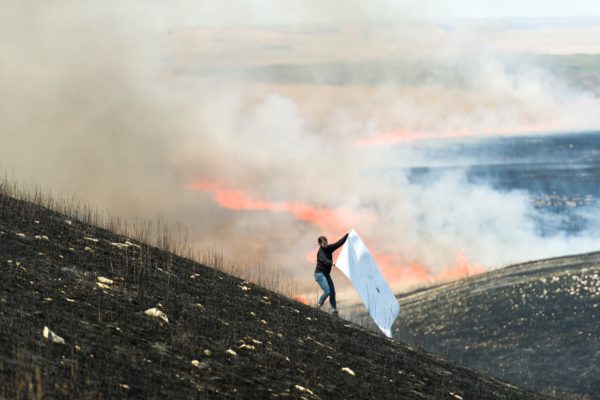
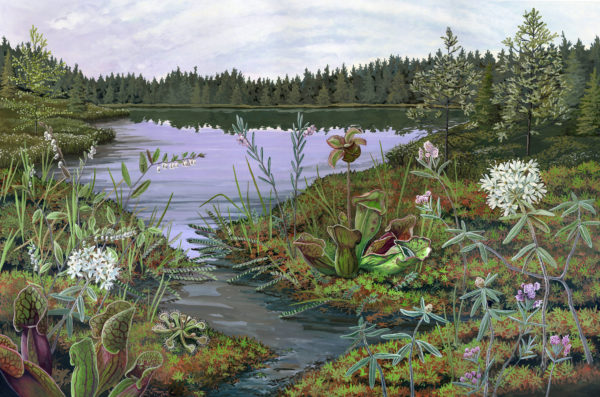

 E Zambello/LTER-NCO
E Zambello/LTER-NCO 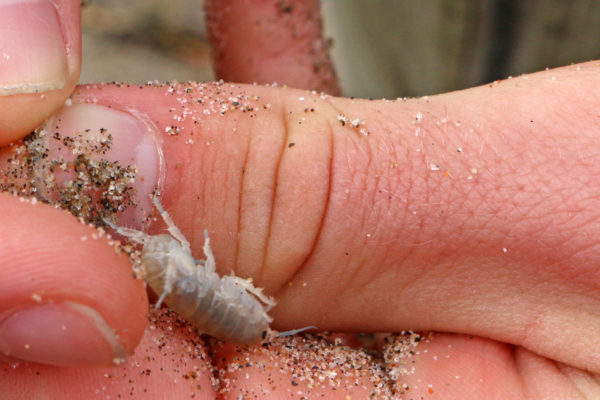 E Zambello/LTER-NCO
E Zambello/LTER-NCO 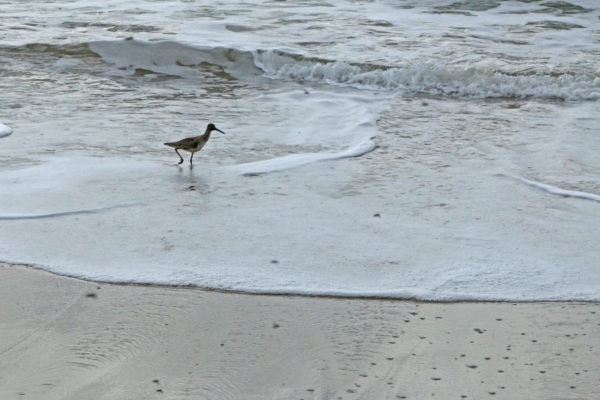 E Zambello/LTER-NCO
E Zambello/LTER-NCO 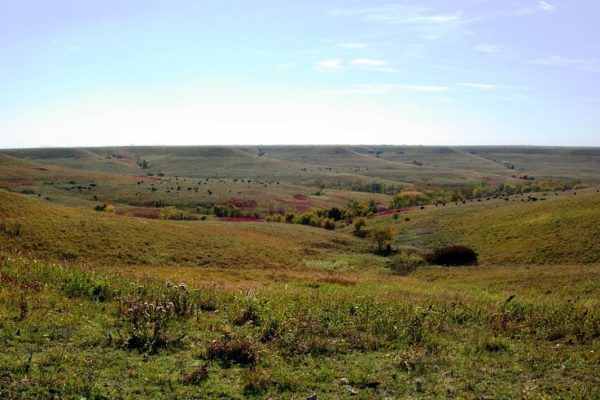

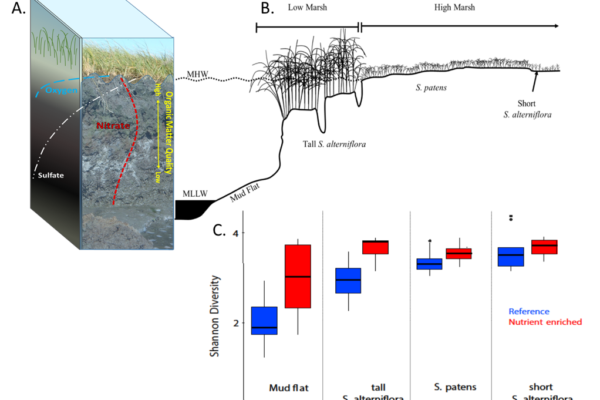
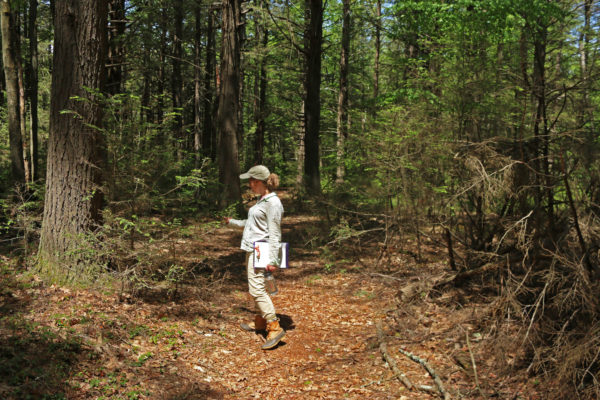
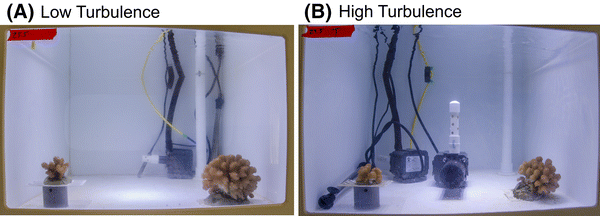
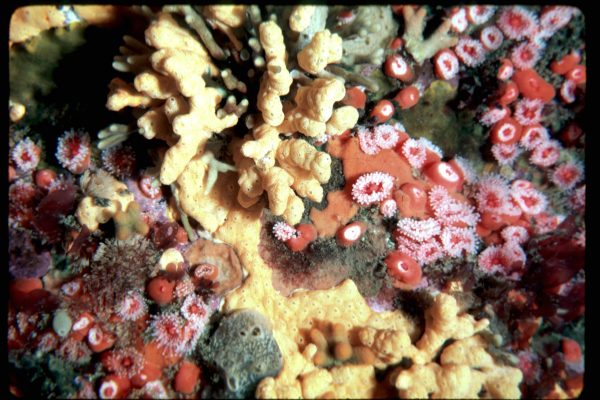
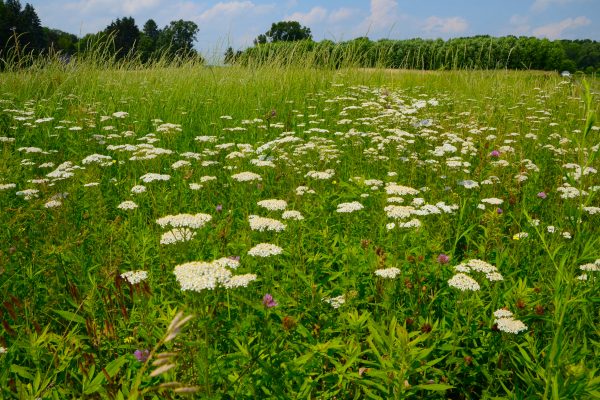
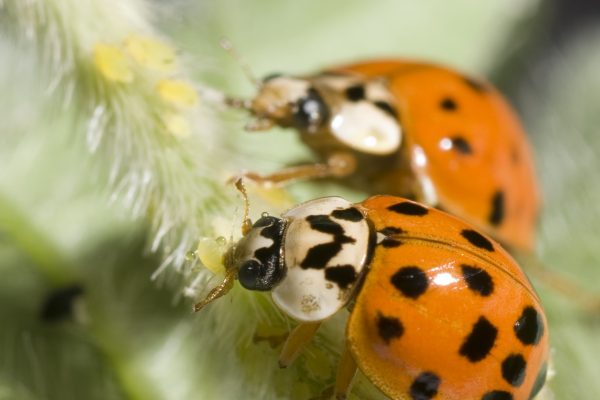
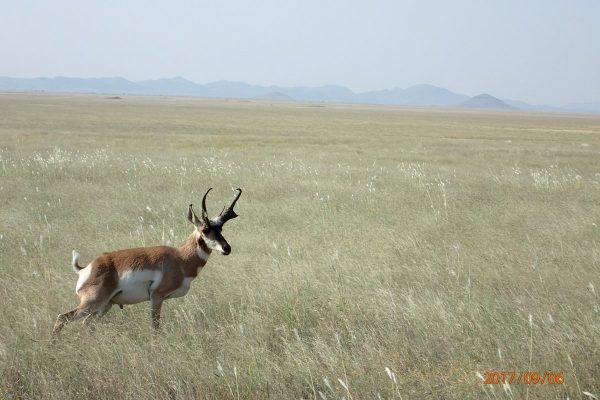
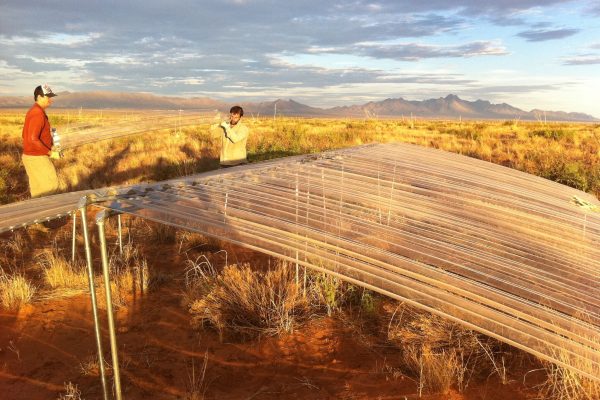
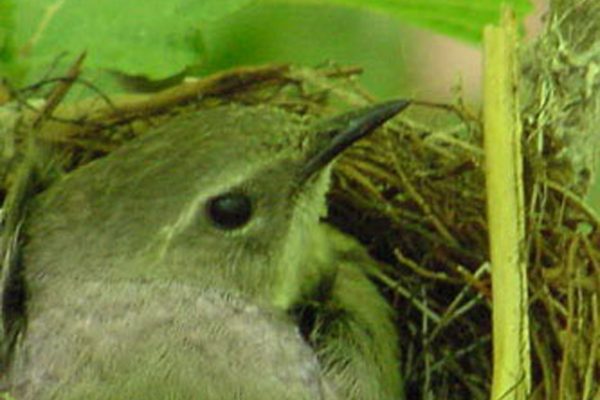
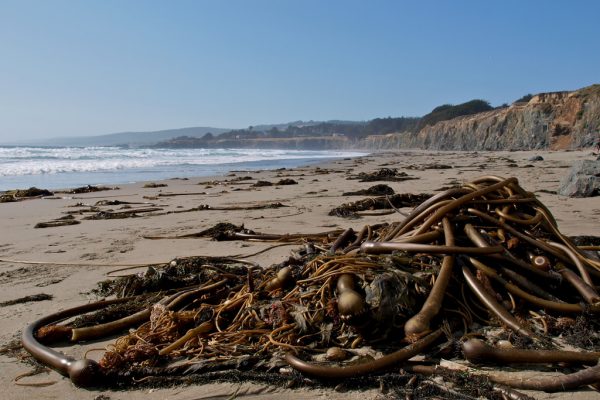 Ingrid Taylar.
Ingrid Taylar. 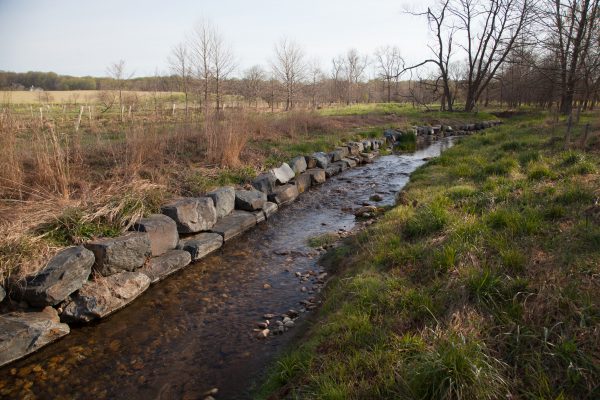 Chesapeake Bay Program. CC BY-NC 2.0." data-envira-gallery-id="site_images_45218" data-envira-index="24" data-envira-item-id="46942" data-envira-src="https://lternet.edu/wp-content/uploads/2017/11/30914015212_906755c25b_k-600x400.jpg" data-envira-srcset="https://lternet.edu/wp-content/uploads/2017/11/30914015212_906755c25b_k-600x400.jpg 400w, https://lternet.edu/wp-content/uploads/2017/11/30914015212_906755c25b_k-600x400.jpg 2x" data-title="30914015212_906755c25b_k" itemprop="thumbnailUrl" data-no-lazy="1" data-envirabox="site_images_45218" data-automatic-caption="30914015212_906755c25b_k - Forest buffer in Baltimore County, MD. Chesapeake Bay Program. CC BY-NC 2.0." data-envira-height="200" data-envira-width="300" />
Chesapeake Bay Program. CC BY-NC 2.0." data-envira-gallery-id="site_images_45218" data-envira-index="24" data-envira-item-id="46942" data-envira-src="https://lternet.edu/wp-content/uploads/2017/11/30914015212_906755c25b_k-600x400.jpg" data-envira-srcset="https://lternet.edu/wp-content/uploads/2017/11/30914015212_906755c25b_k-600x400.jpg 400w, https://lternet.edu/wp-content/uploads/2017/11/30914015212_906755c25b_k-600x400.jpg 2x" data-title="30914015212_906755c25b_k" itemprop="thumbnailUrl" data-no-lazy="1" data-envirabox="site_images_45218" data-automatic-caption="30914015212_906755c25b_k - Forest buffer in Baltimore County, MD. Chesapeake Bay Program. CC BY-NC 2.0." data-envira-height="200" data-envira-width="300" />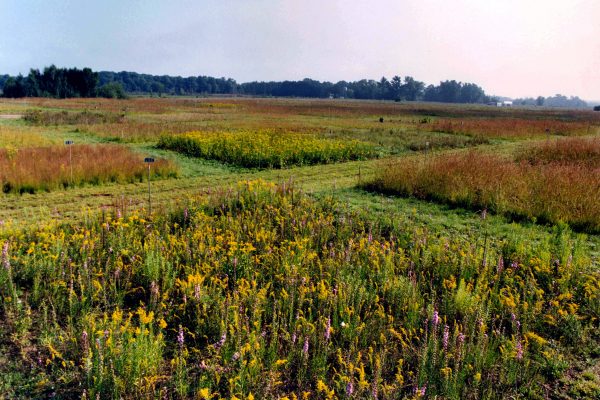
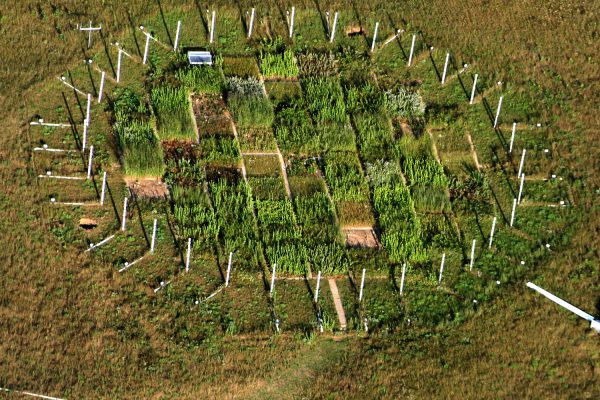
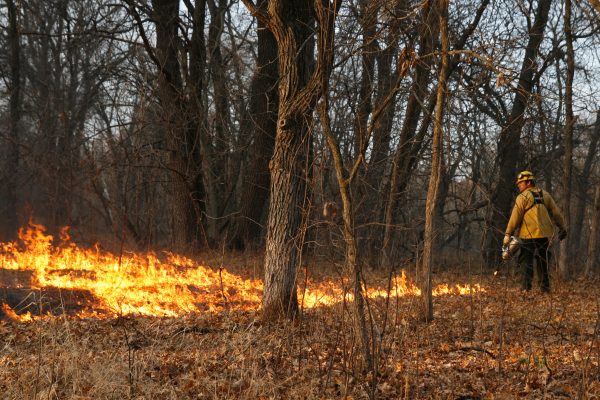
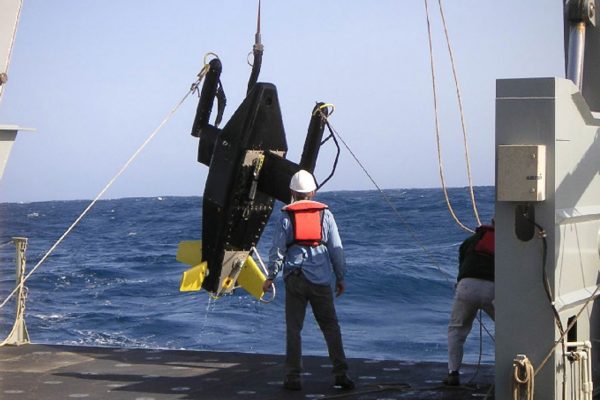

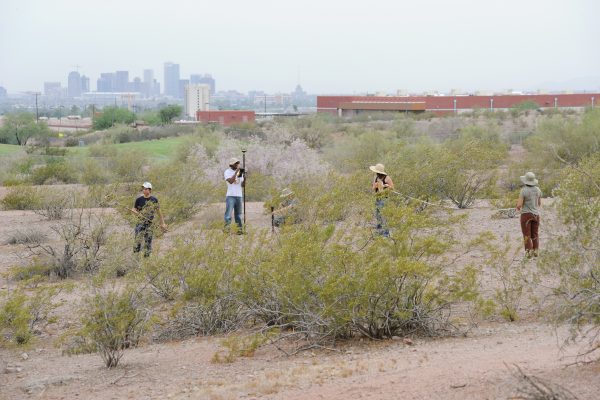
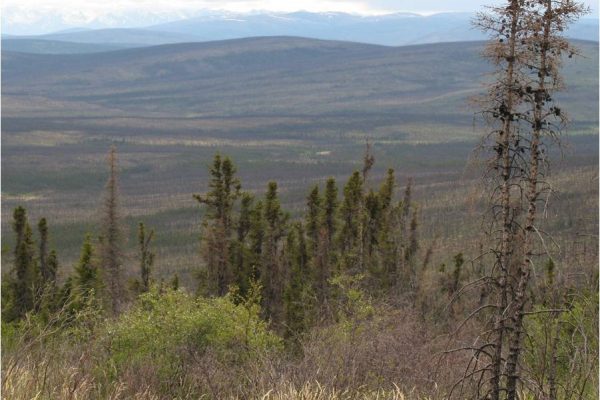
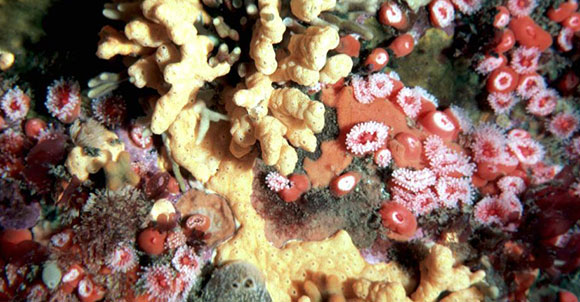
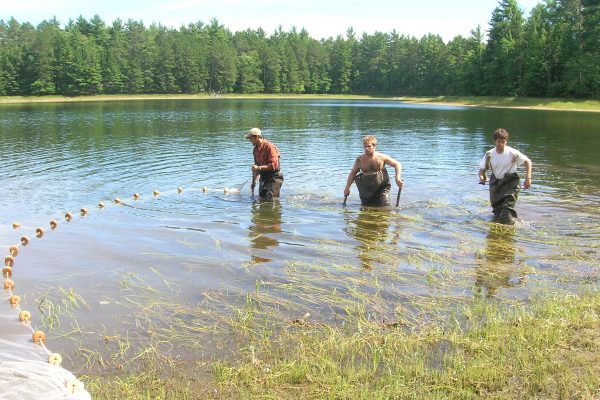
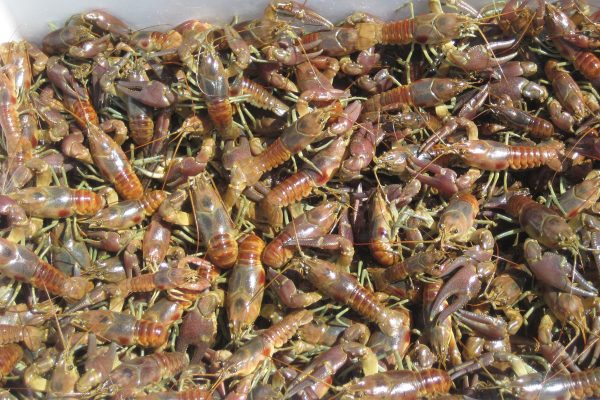
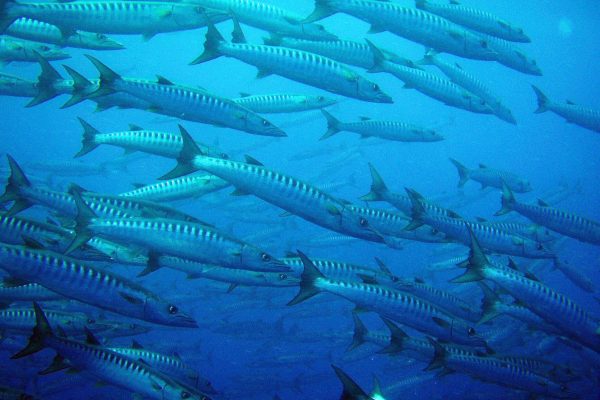
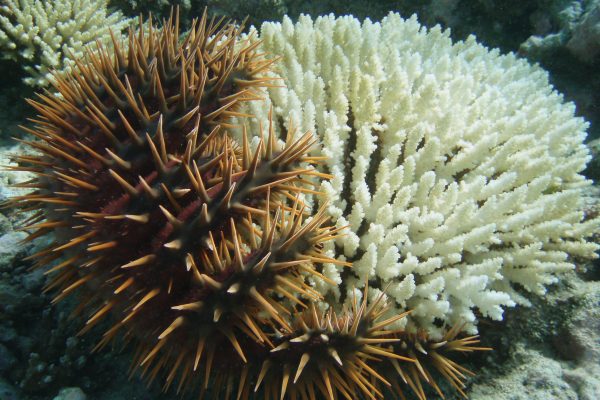 CC BY-SA 4.0" data-envira-gallery-id="site_images_45218" data-envira-index="36" data-envira-item-id="46180" data-envira-src="https://lternet.edu/wp-content/uploads/2017/11/P7193263-copy-600x400.jpg" data-envira-srcset="https://lternet.edu/wp-content/uploads/2017/11/P7193263-copy-600x400.jpg 400w, https://lternet.edu/wp-content/uploads/2017/11/P7193263-copy-600x400.jpg 2x" data-title="Crown-of-thorns Sea Star" itemprop="thumbnailUrl" data-no-lazy="1" data-envirabox="site_images_45218" data-automatic-caption="Crown-of-thorns Sea Star - A Crown_of-thorns seastar or COTS (Acanthaster planci) feeding on a coral colony. MCR LTER. CC..." data-envira-height="201" data-envira-width="300" />
CC BY-SA 4.0" data-envira-gallery-id="site_images_45218" data-envira-index="36" data-envira-item-id="46180" data-envira-src="https://lternet.edu/wp-content/uploads/2017/11/P7193263-copy-600x400.jpg" data-envira-srcset="https://lternet.edu/wp-content/uploads/2017/11/P7193263-copy-600x400.jpg 400w, https://lternet.edu/wp-content/uploads/2017/11/P7193263-copy-600x400.jpg 2x" data-title="Crown-of-thorns Sea Star" itemprop="thumbnailUrl" data-no-lazy="1" data-envirabox="site_images_45218" data-automatic-caption="Crown-of-thorns Sea Star - A Crown_of-thorns seastar or COTS (Acanthaster planci) feeding on a coral colony. MCR LTER. CC..." data-envira-height="201" data-envira-width="300" />